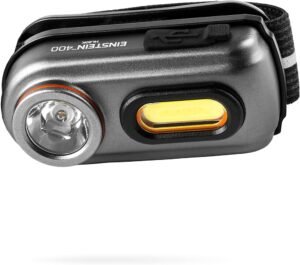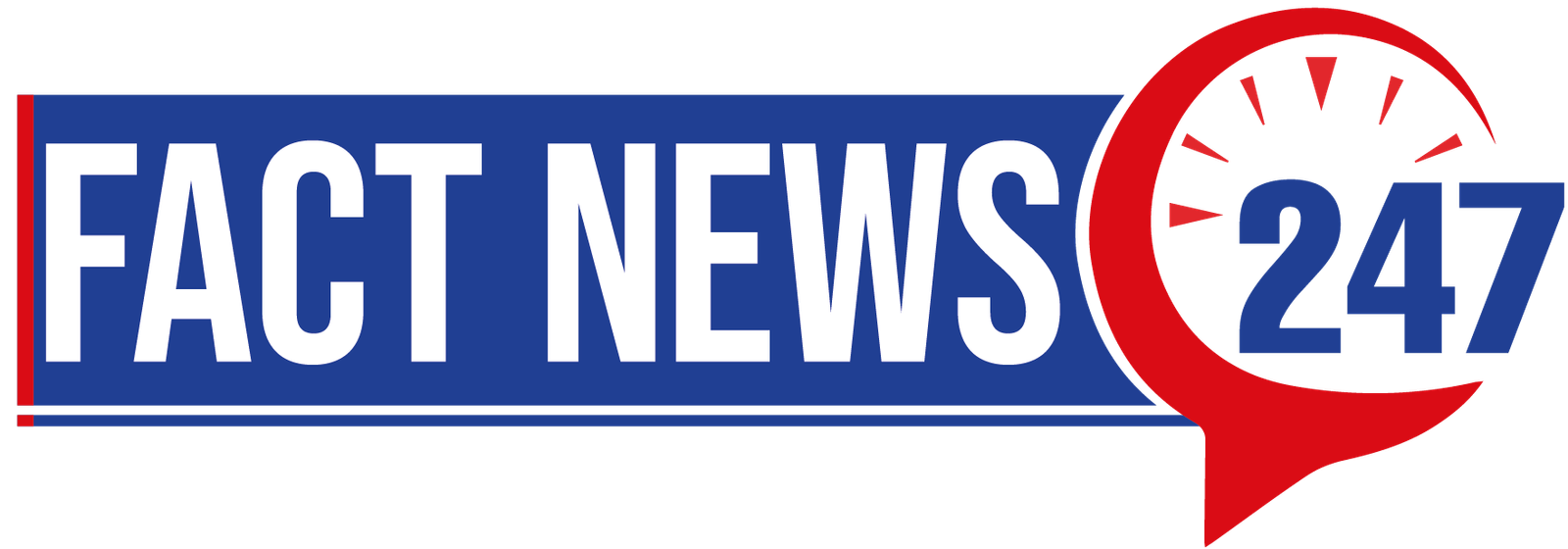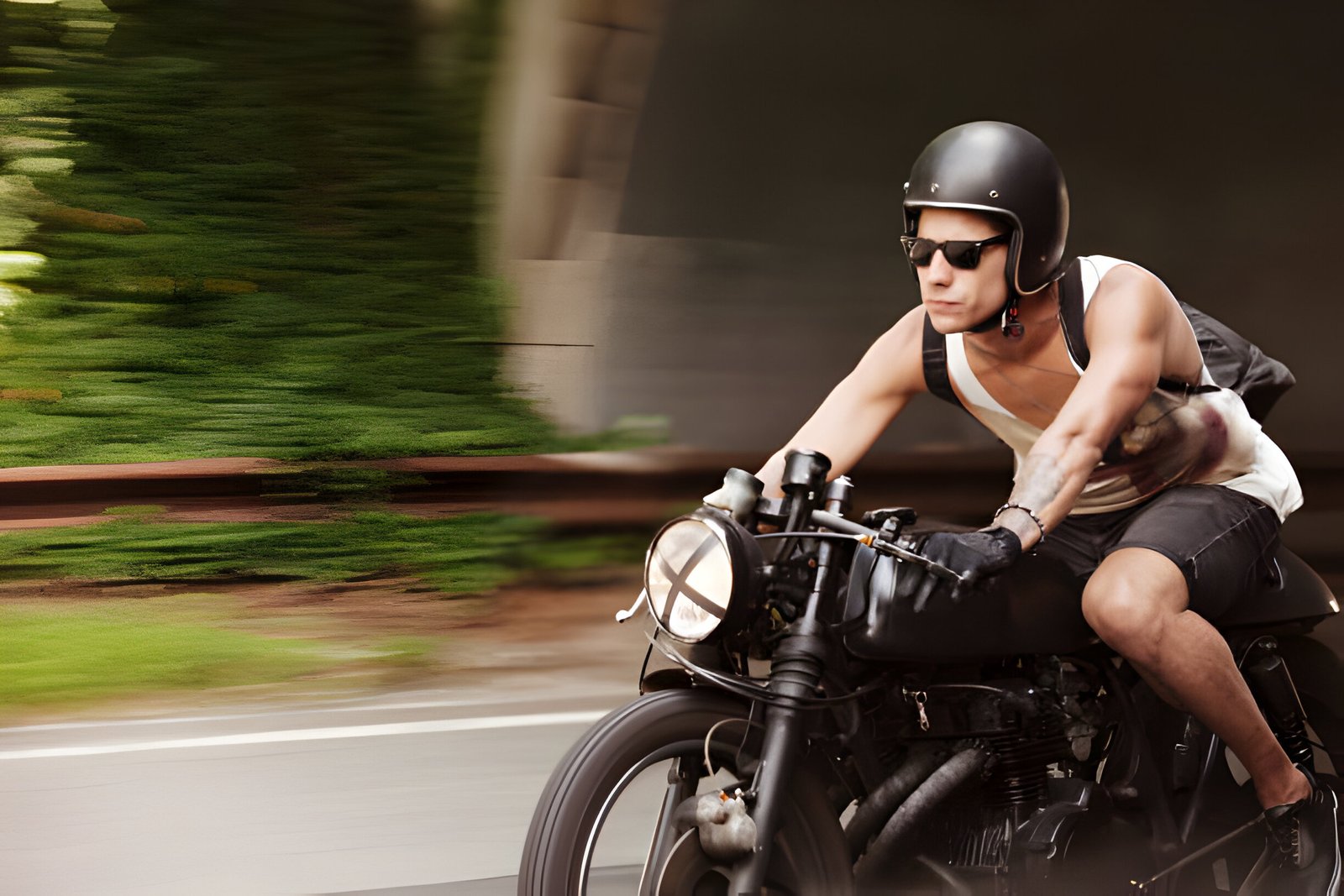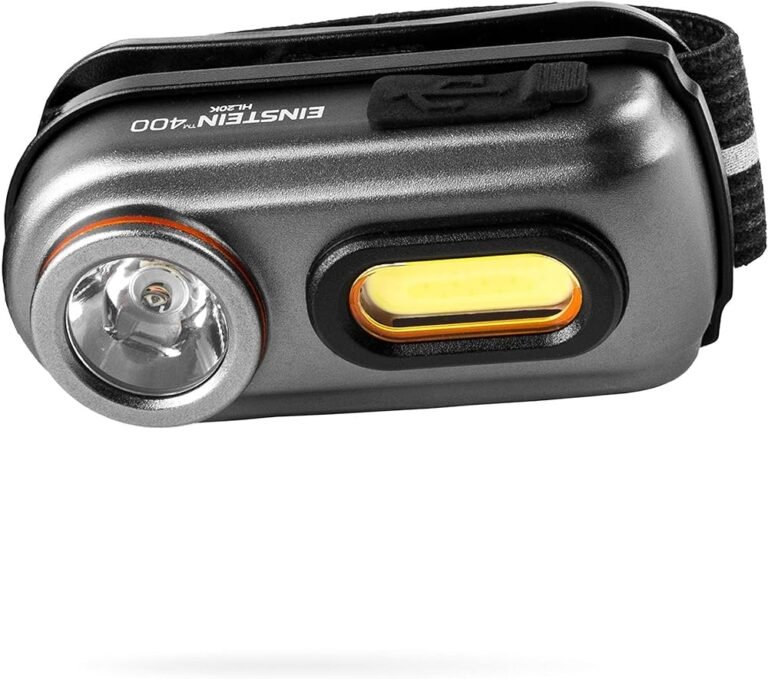Image Credit: Getty image
Choosing the right motorcycle is a pivotal step for any beginner rider, marking the beginning of a thrilling journey on two wheels. The quest for the best beginner motorcycle involves more than just aesthetics; it requires careful consideration of features such as ABS for safety, ease of handling, and reliability. For novices, it’s crucial to find a good starter motorcycle that offers a blend of comfort, control, and confidence-inspiring characteristics to ensure a smooth learning curve and enjoyable riding experiences.
This comprehensive guide will delve into some of the top contenders for the title of the best motorcycle for beginners, highlighting models like the Honda Rebel 300, known for its user-friendly nature, and the Kawasaki Ninja 400, which balances power and manageability perfectly. Each motorcycle reviewed, including the Yamaha MT-03, has been selected for attributes that make them good motorcycles for beginners, from their forgiving nature to features that enhance safety on the road. By exploring options across different categories, such as the Suzuki SV650 and KTM 390 Duke in the dual-sport segment, readers will gain insights into making an informed decision that aligns with their personal riding goals and preferences.
Honda Rebel 300
The Honda Rebel 300 stands out as an exceptional choice for beginners due to its user-friendly design and impressive features. This motorcycle combines classic cruiser aesthetics with modern performance, making it an attractive option for new riders.
Features
The Rebel 300 is equipped with a 286cc parallel-twin engine, ensuring a smooth and manageable ride. It features a slipper/assist clutch that reduces the clutch lever effort by about 30%, enhancing the overall riding experience. Additionally, the bike’s low weight of only 372 pounds coupled with ABS enhances its maneuverability and safety.
Why it’s beginner-friendly
Key aspects that make the Rebel 300 beginner-friendly include its low seat height of 27.2 inches, allowing riders to comfortably reach the ground. This feature, along with the bike’s lightweight design, instills confidence in new riders by making it easier to handle. Its ergonomic controls and natural riding position contribute to a comfortable and safe riding experience.
Pros and Cons
Pros:
- Affordable Pricing: Priced under six thousand dollars, it offers great value.
- Low Maintenance: Requires minimal upkeep, such as regular oil changes and chain adjustments.
- Reliable: Built with Honda’s renowned engineering quality, ensuring longevity and less frequent repairs.
Cons:
- Limited Power: As skills improve, riders may find the 286cc engine limiting.
- No Tachometer: Lacks a tachometer, which could be useful for beginners to monitor engine performance.
- Comfort on Long Rides: Some riders may find the seat and leg positioning uncomfortable during extended periods of riding.
The Honda Rebel 300 is best for those entering the world of motorcycling, offering a blend of style, comfort, and practicality that is hard to match in its segment.
Kawasaki Ninja 400
The Kawasaki Ninja 400 is renowned for its blend of performance and accessibility, making it a standout choice for beginners. This motorcycle not only looks sleek but is designed to provide a smooth, manageable ride that instills confidence in new riders.
Features
This model is powered by a 399cc parallel-twin engine, which delivers a smooth and linear power output. It’s particularly noted for its lightweight clutch system, making it easy to operate and less tiring on long rides. The Ninja 400 comes with ABS as standard, enhancing safety by preventing wheel lock during sudden stops. Additionally, its top speed of 120 miles per hour ensures it has more than enough power for highway rides while still being manageable for city traffic.
Why it’s beginner-friendly
Several aspects make the Ninja 400 an excellent choice for novice riders. Its light weight of 370 pounds when fully fueled allows for easy maneuverability and control, which is crucial for building riding confidence. The bike’s ergonomic design offers a comfortable riding position, reducing fatigue during longer journeys. Moreover, the manageable power output and responsive handling make it less intimidating for a beginner compared to more powerful models.
Pros and Cons
Pros:
- Approachable Power: The engine provides enough power for a thrilling ride without overwhelming a novice.
- Lightweight Design: Easy to handle, especially in urban environments or while learning.
- Comfortable Ergonomics: Designed to accommodate riders of various heights comfortably.
Cons:
- Limited Power for Experienced Riders: More seasoned riders might find the power insufficient as their skills advance.
- Compact Size: Taller riders might find the bike slightly cramped, especially on longer journeys.
The Kawasaki Ninja 400 excels as a starter motorcycle, offering a balance of power, ease of use, and safety features that cater to the needs of new riders.
Yamaha MT-03
The Yamaha MT-03, introduced as a more accessible, naked version of the YZF-R3, offers a blend of sportiness with street comfort, making it an excellent choice for beginners. This model uses the same 321cc parallel-twin engine and chassis as the YZF-R3 but is designed with higher handlebars and no fairings, providing a more upright and comfortable riding position.
Features
The MT-03 is known for its agile handling and moderate engine power, ideal for navigating city traffic and cruising on highways without overwhelming new riders. The 321cc engine delivers a power output of 41 horsepower, coupled with a lightweight design, making it both nimble and fun to ride. The bike also features an upright riding position, which is comfortable for daily commutes and longer rides. In 2020, Yamaha enhanced the MT-03’s road sportiness by upgrading to an inverted front fork and evolving the styling around the headlight to a projector-type LED light source.
Why it’s beginner-friendly
This motorcycle is particularly beginner-friendly due to its manageable size and weight, making it easier for new riders to handle. The upright seating position helps reduce rider fatigue, and the bike’s overall design promotes an easier learning curve for riding techniques. Additionally, the MT-03 comes equipped with ABS as standard, adding an extra layer of safety for emergency braking situations.
Pros and Cons
Pros:
- Agile and Lightweight: At just 168 kg wet, it offers responsive handling and stability.
- Affordable: Priced competitively, making it accessible for those on a budget.
- Reliable: Yamaha’s reputation for reliability ensures fewer worries about frequent maintenance.
Cons:
- Limited Storage Space: Lacks storage options, which could be inconvenient for some riders.
- Seat Comfort: The stock seat may be too firm for long-distance comfort.
- High RPMs on Highways: May not be ideal for prolonged highway travel due to higher engine RPMs at cruising speeds.
The Yamaha MT-03 stands out as a solid option for those new to motorcycling, offering a good balance between performance, comfort, and ease of use.
Conclusion
Throughout this guide, we’ve embarked on a journey exploring the various facets that make a motorcycle suitable for beginners. From the user-friendly Honda Rebel 300, with its balance of performance and ease of use, to the Kawasaki Ninja 400 that perfectly marries power and manageability, and the agile, street-wise Yamaha MT-03, we’ve assessed each model’s contribution to a beginner’s learning curve, safety, and enjoyment on the road. The selection underscores the importance of considering ABS, ergonomics, and reliability when choosing a starter motorcycle, ensuring that new riders have the necessary confidence and comfort as they refine their riding skills.
Drawing conclusions from the discussed motorcycles, it’s evident that the right beginner motorcycle serves as a crucial foundation for a fulfilling riding experience. Whether it’s the comfort and control offered by the Honda Rebel 300, the Ninja 400’s blend of power and agility, or the MT-03’s spirited performance in a compact package, each motorcycle has its unique strengths that cater to the novice rider’s needs. As beginners ascend in their motorcycling journey, the insights provided here aim to guide them towards making an informed decision that maximizes enjoyment and safety on two wheels, while also suggesting the need for continuous learning and eventual graduation to more advanced bikes as their proficiency improves.
FAQs
1. What is the ideal motorcycle for a beginner?
The Triumph Speed 400 is considered the best motorcycle for beginners. It’s an affordable option that combines attractive design with performance that suits those new to riding.
2. As a first-time rider, what type of motorcycle should I consider?
For those who feel a bit apprehensive about riding or prefer to start slowly, choosing a motorcycle with an engine size between 250cc and 400cc is advisable. However, if you’re eager to explore more aggressively or have a larger build, motorcycles ranging from 500cc to 650cc might be more suitable.
3. What kind of bike is recommended for a beginner cyclist?
The Rove is highly recommended for beginners interested in cycling for fun, fitness, or commuting. It features 700c wheels and tires that are relatively narrow yet have some tread, making it efficient on paved roads and capable on dirt or gravel paths.
4. What engine size should a beginner motorcycle rider start with?
For those new to motorcycle riding, an engine size between 500cc to 600cc is recommended. Smaller engine sizes, such as 125cc, are also available and can be easier to handle, providing a more forgiving experience for beginners learning to ride.



























+ There are no comments
Add yours